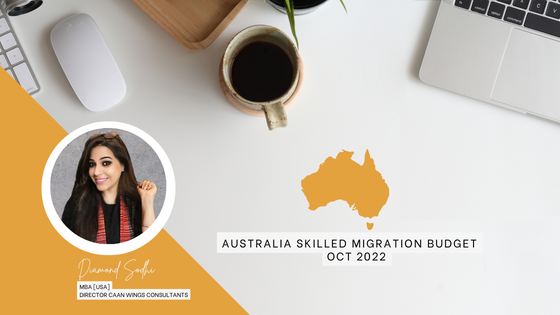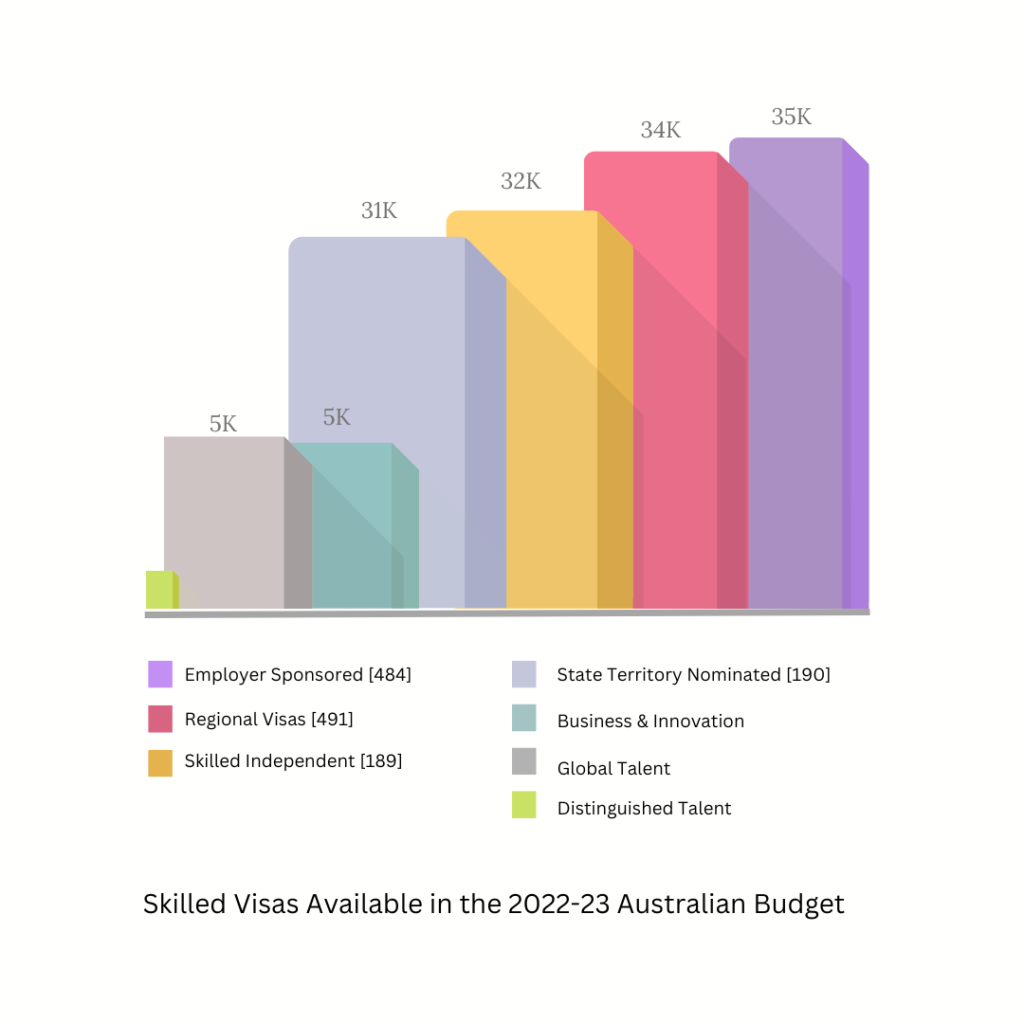
The Australian The Labour Government released its first Federal Budget in October with some very well received announcements. The increase of 35,000 places, expanding permanent migration program 160,000 to 195,000 places was reaffirmed.
The about a significant increase in parent and skilled visas, relaxed work restrictions for international students, funding to resolve visa processing times, and more opportunities for high-skilled migrants while aiming to provide more pathways to permanent residency.
The number of skilled visas available is set to increase significantly from 79,600 to 142,400. The huge leap in the numbers allocates two-thirds of the quota to skilled migration and one-third to the family stream, which is seen as a tactical shift from the ratios set out in the previous budgets. More allocations are likely to be seem in due course of time, to meet the skills shortage challenges Australia has come to recognize.
The Albanese government prioritised the need to expedite visa processing, and resolve the visa backlog. Additional 500 staff is announced to be engaged to address the wait times and clear the applications queued for processing.
Australian states and territories received their interim allocation of nomination places for the 2022-23 skilled migration program. The state nominated and regional migration saw a surge in the numbers with the quota allocations for Skilled Sponsored [subclass 190 and Skilled Work Regional visas [subclass 491].
The 189 [Skilled Independent] visa was reset at 34,000 places that now explained the recent unscheduled invitations for 189 given out to applications at points far less than the usual high point score for the intake.

The 491 [Skilled Regional ] visa is likely to be the most popular visa subclass with a whopping 32,000 places. States are now likely to make more nomination opportunities available to applicants for a 491. The very sought after 190 visa is no longer a far-fetched dream for those eyeing a permanent residence visa over a skilled regional one.
Furthermore, the quota allocations point towards a clear focus on offshore migrant intake. With 2-3 rounds of invitations by some states, we have given expect the subsequent rounds to offer more nomination opportunities to those residing overseas than the onshore applicants waiting to be the first choice of the migration authorities.
WHAT DOES THE BUDGET ANNOUNCEMENT MEAN FOR OFFSHORE APPLICANTS?
A spurt in the number of applications with the skills assessment bodies, especially the VETASSESS. Despite the recent announcement made by the VETASSESS to take up on priority the applicants who are invited by the states or the DHA, the clogged queue of applicants do not find much relief as those applicants are yet not a part of the Skill select system and stand no chance of being invited for a nomination unless their applications are approved by the VETASSESS and they enter the skill pool through the Skill Select system.
A shift in Canada bound migrant to Australian visas that offer faster solutions to the migration magical numbers which remain higher for Canada and at rock bottom low for Australia.
International students planning to route their settlement in Australia through a student visa would rather opt for a direct skilled migrant visa such as the 391 which is the surest and quickest visa for permanent settlement in Australia, without the hassles for long years of studies and a an exorbitant price tag to the transition to Australia.
